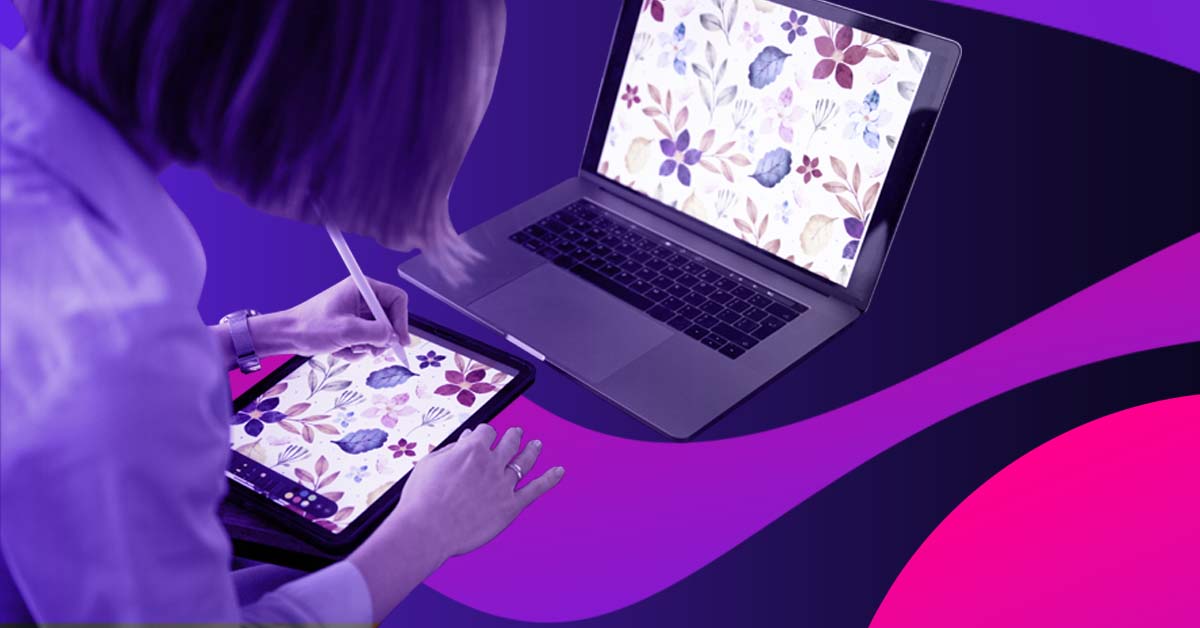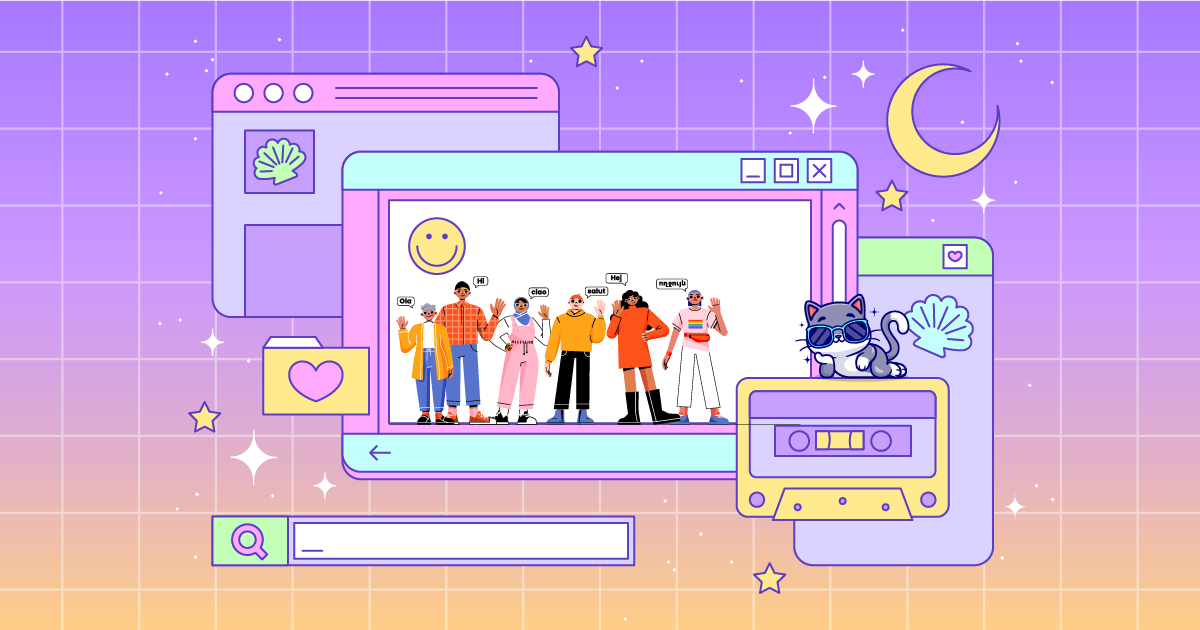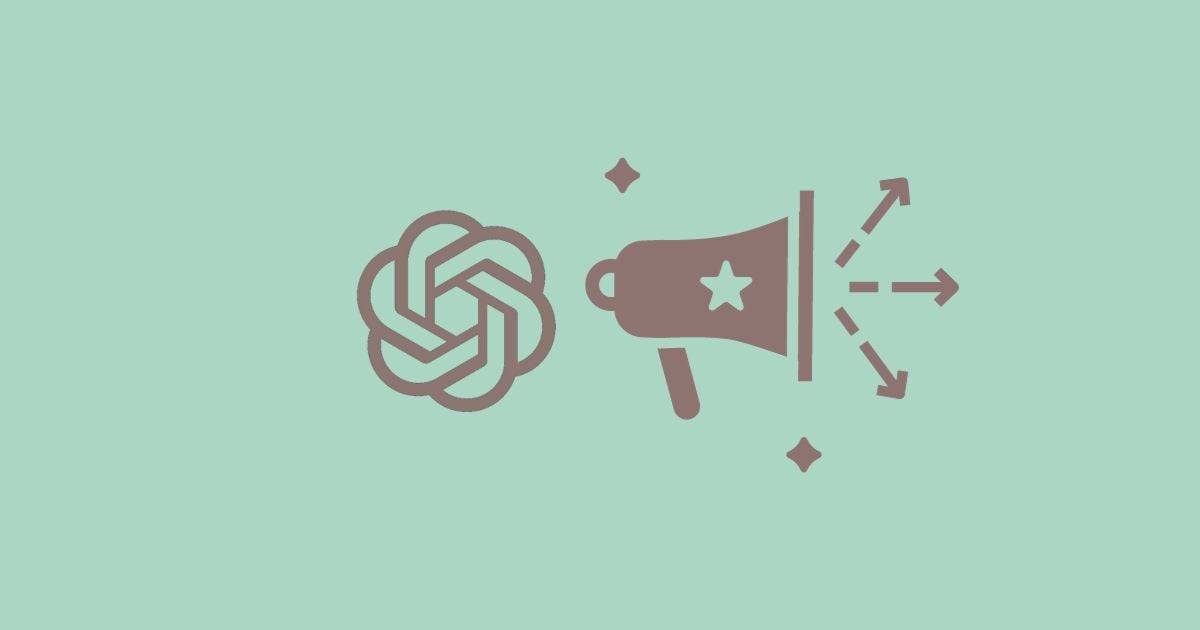Brands of today consider design is part and parcel of their branding and marketing collaterals. Connecting with your target audience through visuals can garner more patrons. With a decreasing user attention span, showcasing the best and most relevant imagery can lure more audiences. And this is where graphic design and illustration come into play.
Both graphic design and illustration do a bang-up job of communicating a brand’s story through compelling visuals. But when and how can you use graphic designs and illustrations? Read on as we give you the differences between both design types and how to use them. And if you stick until the end, we’ll give you a special discount to get unlimited graphic designs and illustrations.
What is Graphic Design?
Graphic design is solely used for commercial purposes. It entails graphic design principles and concepts to create communicative imagery. The primary aim of graphic design is to communicate with a particular target audience.
To do this, there is a psychology that goes into graphic design. For example, using the right colors, fonts, or icons can impact people in different ways. Although the exact design psychology is also applied in creating illustrations, graphic design relies on specific elements to create cohesion.
There is also a brand style guide that graphic designers must look into before creating designs. This style guide is vital for branding consistency to instill top-of-mind awareness within a brand’s target market. The process begins with a brand’s identity. From there, designers put in all the brand’s assets such as color palettes, images, typography, logos, and more.
Overall, graphic design is more in demand today due to its primary purpose. The commercial value of graphic design is also one reason brands invest in professional graphic designers. From branding to advertising materials, graphic design is present every step of the way.
Related Post: On-Demand Graphic Design Benefits that Can Boost Any Business
When to Use Graphic Design
Marketers and entrepreneurs use graphic design mainly for branding as well as marketing. Due to graphic design’s explicit nature, marketers and entrepreneurs choose graphic design over illustrations for these reasons:
- To express clarity. Brands need to communicate the right message to their target audience to connect and, hopefully, make them convert. If brands want to express their brand identity, graphic design is the key. Overall, use graphic design to make your branding and messaging clear and straightforward to avoid confusion.
- To stay relevant. As mentioned, graphic design should be created around a brand’s style guide. Without a style guide, the design will come out confusing and mundane. However, when using the right colors, typography, or icons, brands can stay relevant within their niche.
- To create visual cohesion. Designers use certain techniques to make the graphic design outcome work. One misplaced line or shape can be the death of your design. So if you want to ensure that all elements cohesively weave together, hire professional graphic designers.
- For simple branding and marketing materials. One of graphic design’s main ingredients is simplicity. Graphic designs are more clear-cut compared to illustrations. That said, if you want simple branding and marketing materials, you can rely on graphic design.
Types of Graphic Design
Check out these common types of graphic design so you can differentiate between both graphic design and illustration.
Branding
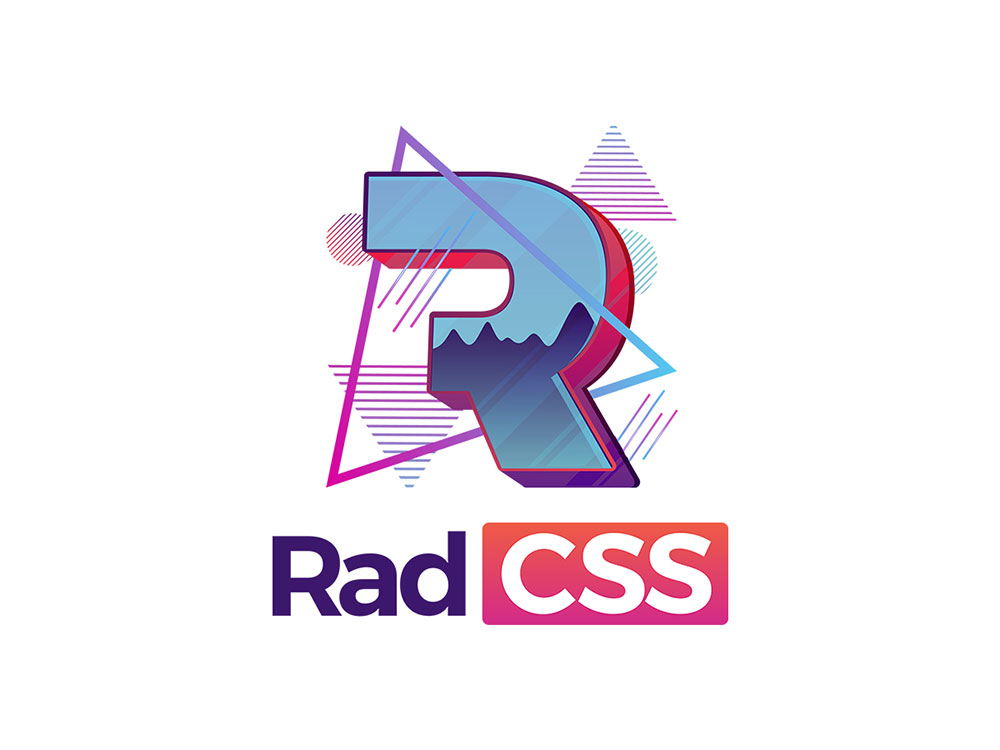
Having a unique branding is what makes a company popular among its target audience. Your branding is what breathes life into your company logos, websites, and advertising materials. Branding graphic design is the most common type as every entrepreneur does this step first in their journey.
Marketing and Advertising
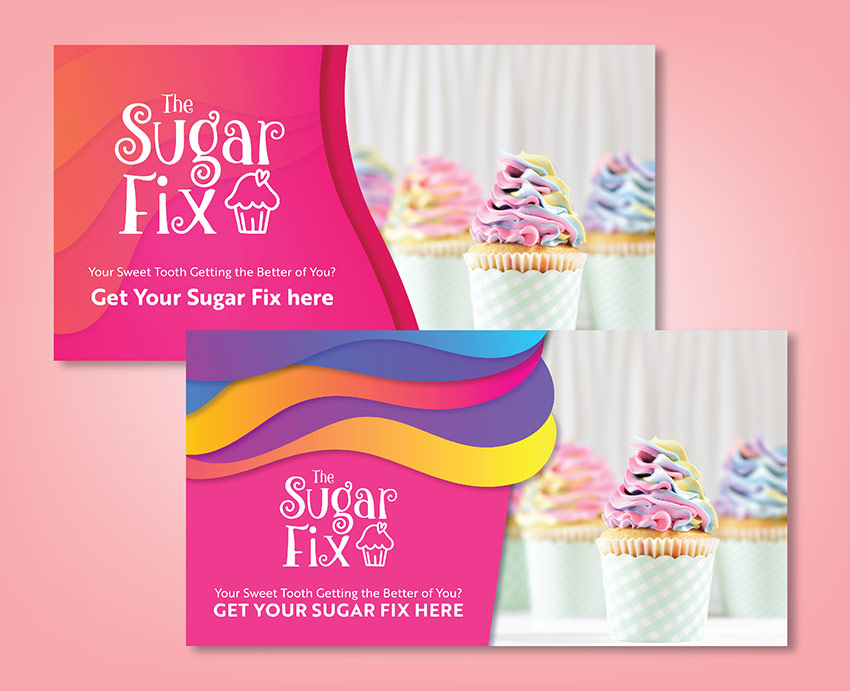
Another common graphic design type is marketing and advertising graphic design. After creating your branding and identity, you need to promote your offers via advertising. Because graphic design relies on marketing psychology to invoke particular emotions within your audience, it is a constant need for brands. Some examples of where you can apply graphic design in marketing are packaging, promotional items, and online ads.
User Interface
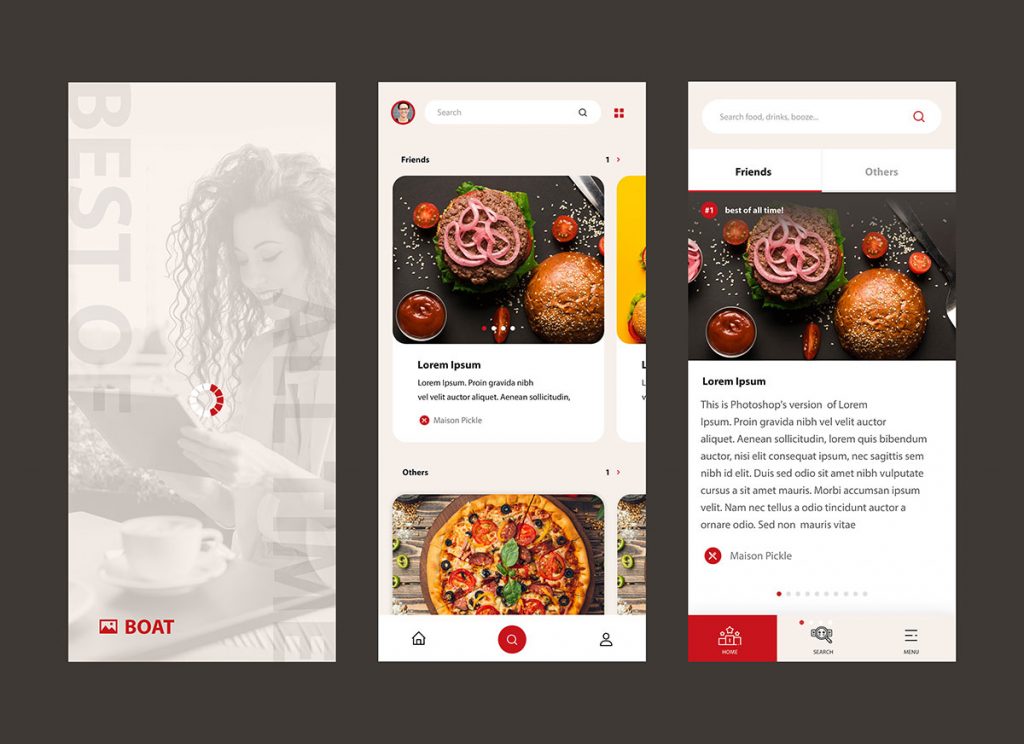
A company website and business apps are now considered business assets. However, there are techniques to make your website and app enjoyable to use and browse. And it all boils down to your user interface. User interface (UI) pertains to how users interact with your website, application, or device. Therefore, your user interface graphic design should be easy to use and cater to an excellent user experience.
Motion Graphics
Motion graphics is another type of graphic design that entrepreneurs and marketers utilize for their marketing. Also, motion graphic design includes any design in motion such as GIFs, videos, film, animation, or audio. This is perfect for presentations, apps, banners, tutorial videos, and more.
Publication

Some brands release long-form content for advertising their products and services. Marketers try to diversify their campaigns, and long-form content like blogs, eBooks, and catalogs are effective methods. In addition, custom images for this content can make the information easier to digest.
Environmental

Environmental graphic design refers to connecting people and places. Consumers must have seamless navigation in public and private spaces. Some examples of environmental graphic design are billboards, signage, office branding, trade show spaces, conferences, wall murals, and more.
What is an Illustration?
An illustration relies more on fine art. Although illustrations for marketing and branding still revolve around a brand’s style guide, the outcome has a lot to do with the artist’s imagination. Illustrations have more storytelling in them as compared to graphic design. A lot of creativity, personal and professional design perspective, and abstract ideas are behind illustrations.
That’s because illustrations are a way to visualize text or a concept. First, illustrators take into account the idea, concept, subject, or story. Then they start to unleash their creative juices to put together an illustration that conveys the whole idea, story, or subject.
In today’s visually-centric era, illustrations can also come in various forms. Realistic and abstract illustrations are the most common ones. But other types of illustrations such as watercolor, hand-drawn/pencil illustrations, or cartoons are also used for branding and marketing.
Icon illustrations are perfect to use in websites and apps as they offer users easier navigability. Also, illustrations are great for bigger media or materials as illustrators can play around with the details. On top of that, use illustrations for:
- Logos
- Websites/Apps
- Landing pages
- Hero images
- Infographics
- Icons
- Maps
- Typography
Between graphic design and illustration, illustrations lean towards a more creative and interpretative design.
When to Use Illustrations
Illustrations should be used carefully. These types of designs aren’t suitable for all projects. Therefore, using illustrations on some of your branding and marketing assets must be assessed by an expert designer. However, use illustrations if you want to:
- Interpret abstract concepts. Graphic design is more apparent. While some illustrations are also clear-cut, some can be used for interpreting abstract concepts and ideas. For example, it’s easier to interpret happiness with a sunshine illustration or a free-flying bird illustration. Either way, go for illustrations if you want to depict an abstract idea.
- Make ordinary images extraordinary. For example, your logo is an image of a surfboard. In graphic design, the surfboard can be what it is precisely. On the other hand, a surfboard illustration can come out quirky or abstract yet interesting. Overall, this increases the image appeal.
- Create memorable designs. Illustrations are fresh and modern. Also, illustrators use their specific creative skills to make stellar illustrations. So if you want to create memorable designs, then illustrations are the key.
Types of Illustration
Between graphic design and illustration, the illustrator’s personal touch is more evident when creating the latter. It all boils down to what the illustrator’s particular skills are. Here are the types of digital illustrations you can use for branding and marketing.
Watercolor
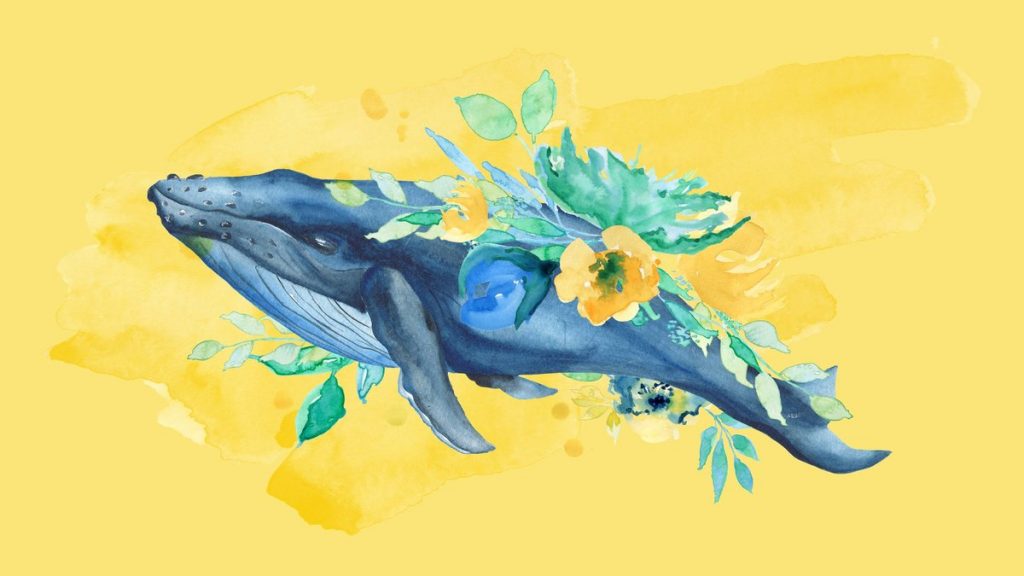
A watercolor illustration is perfect if you want to achieve a feminine and soft design. Without lines and sharp edges, watercolor illustrations are suitable for health and fitness brands or brands with a female audience demographic.
Cartoons/Caricature
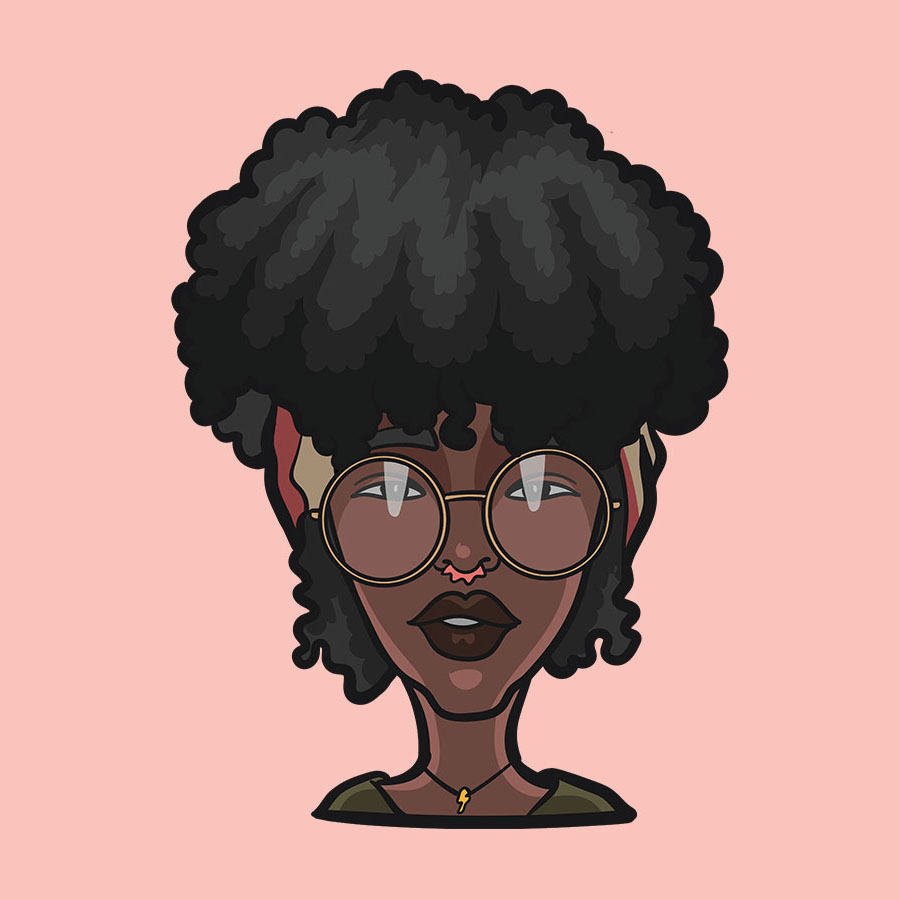
Cartoon illustrations are also a way to poke fun at your audience. Create cartoons or caricatures for a lighthearted design. This type can add humor and fun to your advertising collaterals.
Realistic
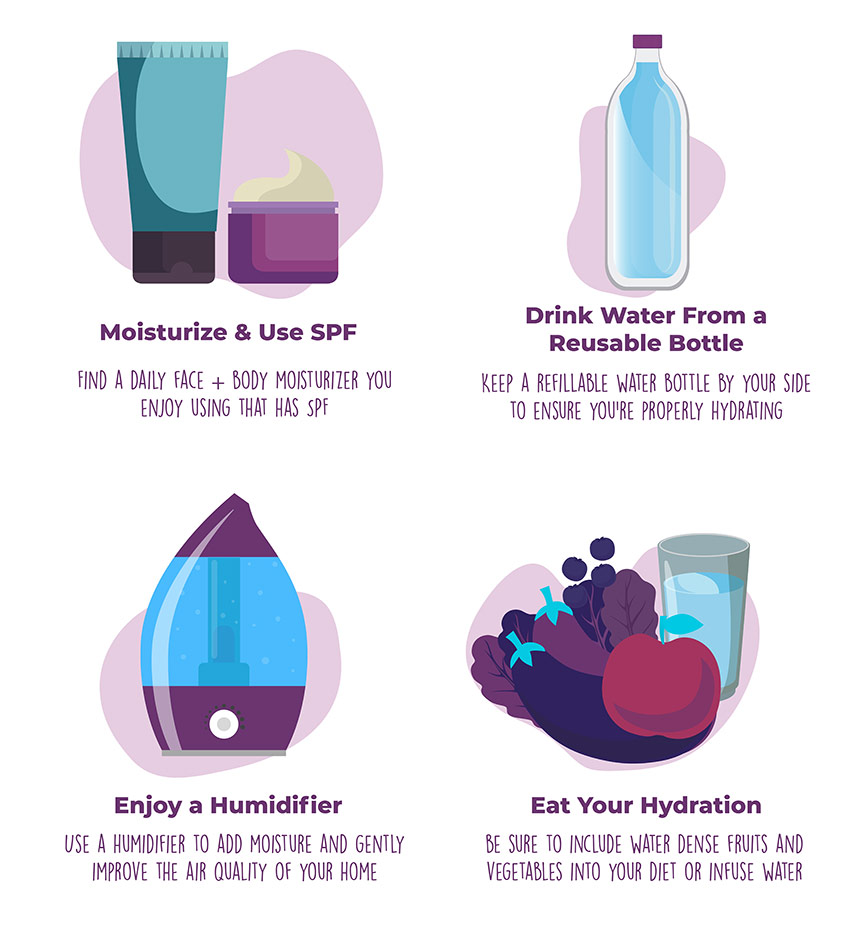
Abstract illustration’s counterpart, realistic illustrations offer a sense of clarity to the viewers. This type of illustration is more refreshing and provides a more straightforward message to your target audience.
Flat
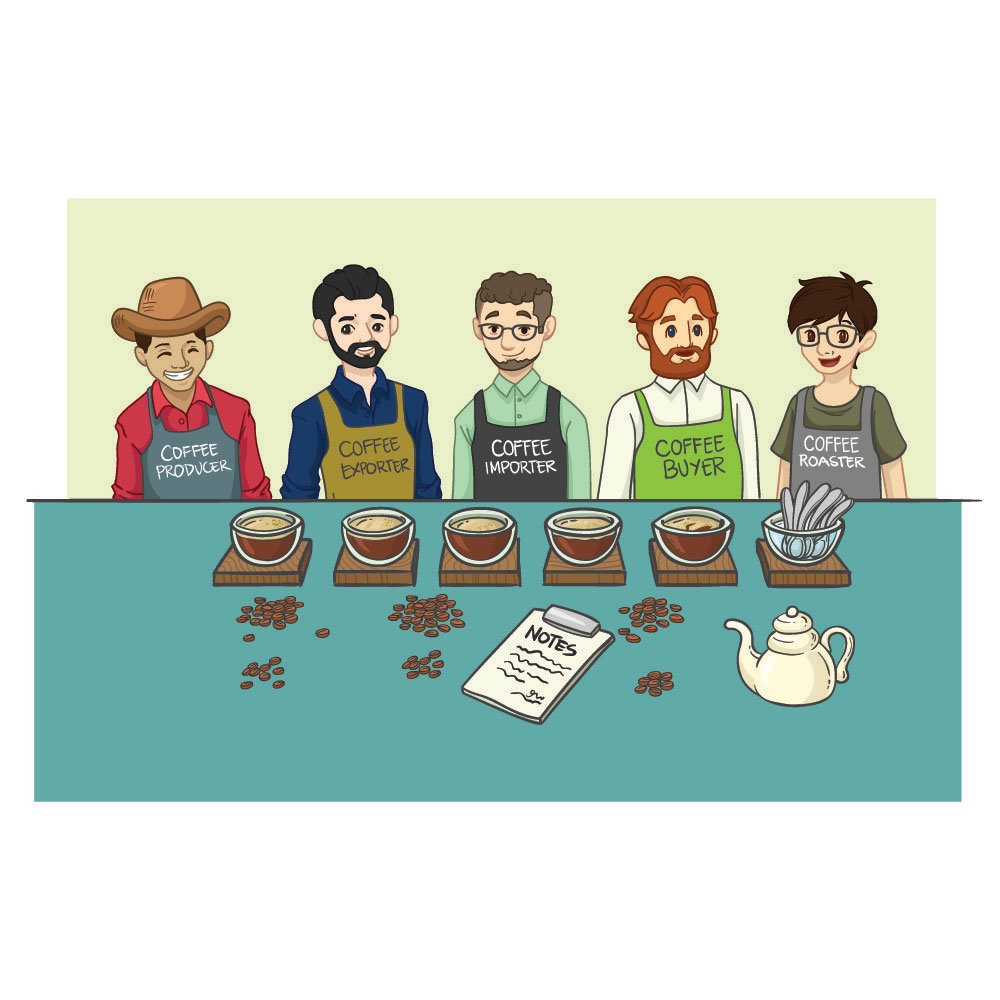
Flat illustrations have a cleaner look, and they are viewed only from one angle. They have clean lines and edges, and there are no other distractions, which is appealing if you want a straightforward design.
Isometric
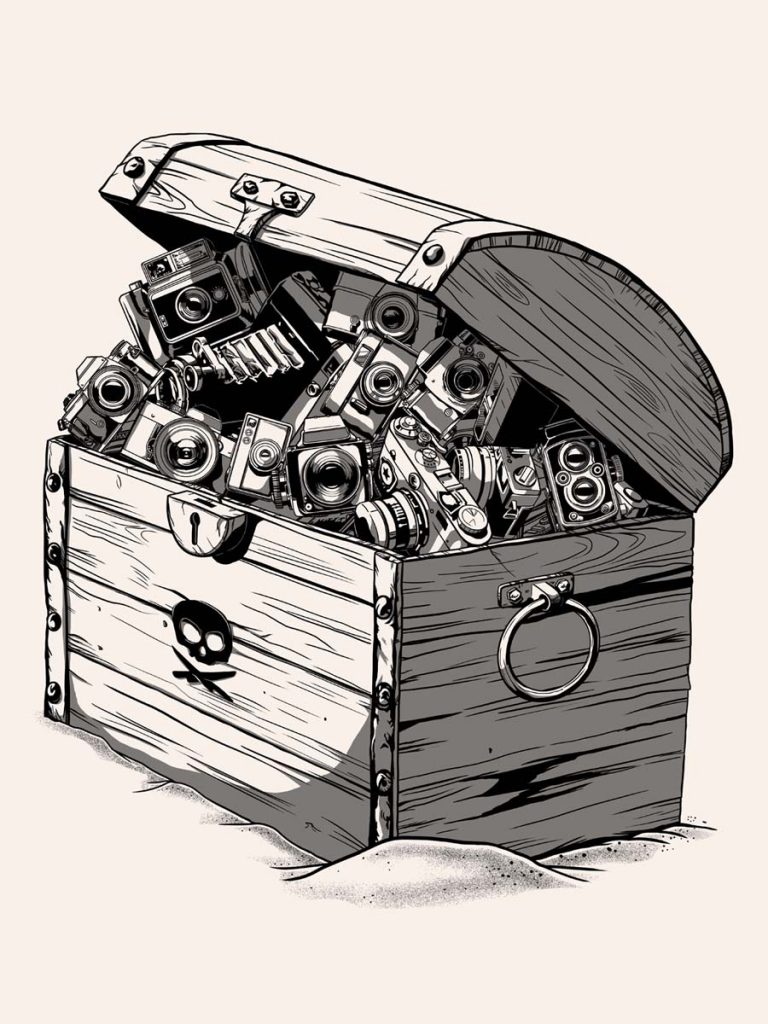
Isometric illustrations are the opposite of flat illustrations. This type relies on two rules. First, the x, y, and z axes should be at a 120-degree angle. Secondly, all horizontal lines must never converge even at a vanishing point. Because the angles and measurements are equal, isometric illustrations don’t have converging lines.
This type of illustration is great if you want to add depth yet maintain simplicity in the design. And because isometric illustrations are three-dimensional, they can be viewed from the top and from one corner.
Related Post: Illustrations for Websites: The Best Free and Paid Options
Graphic Design and Illustration: Differences
Here’s a rundown of all the differences we mentioned between graphic design and illustration:
- Graphic design is commercial, illustration is fine art
- Graphic design connects with audiences, illustration is more on telling a story
- Graphic design can be used on anything, illustration doesn’t work on all projects
- Graphic design relies on design principles, illustration relies on the artist’s creative prowess
- Graphic design is clear, illustration is sometimes ambiguous
- Graphic design is commonly used on advertising, illustration is used for publishing and some marketing materials
Conclusion
Now that we’ve come to the end of our article, have you decided on which one to use for your next project? If you don’t know where to source your graphic designs and illustrations, Penji offers unlimited designs at half the cost.
As you can see from the examples above, Penji assures high-quality graphic designs and illustrations for clients. Plus, Penji lets you try the service for 15 days risk-free if you’re hesitant to sign up for an entire month. Otherwise, here is a 15-percent discount slashed from your first month. So sign up now, and you’ll be amazed at how unique and convertible Penji’s designs are.

